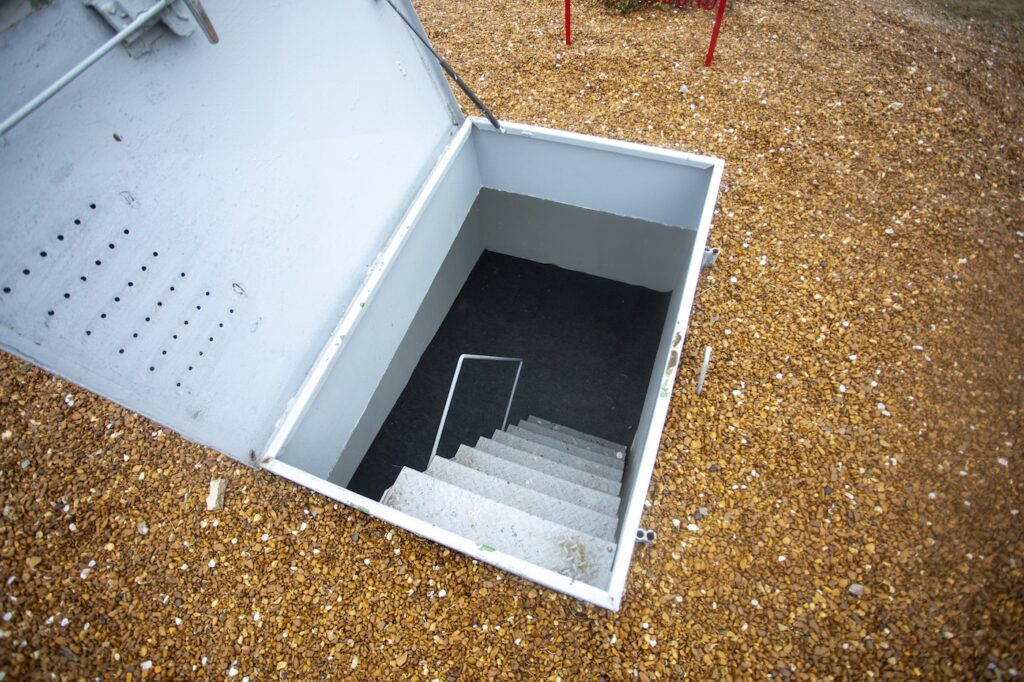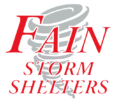Severe weather can strike with little warning, leaving a narrow window for response. Whether it’s a tornado, hurricane, or severe storm, the safety of your family hinges on preparation. Understanding the steps to take before, during, and after a severe weather event can mean the difference between safety and catastrophe.
Understanding Severe Weather Alerts
Watches signal the possibility of severe weather, while warnings indicate that severe weather is imminent or occurring. Stay informed through:
- Local news
- Weather apps
- NOAA Weather Radio
Creating a Family Emergency Plan
A robust plan ensures everyone knows what to do, even when not together.
Step 1: Communication Plan
Designate a family member outside your area as a central contact point. Ensure all family members know this contact’s information.
Step 2: Safe Zones
Identify safe spots in your home for sheltering during a storm. Discuss the importance of storm shelters for ultimate safety. If the area you live in has them, be aware of where your local Community Shelter is located. Or consider purchasing a concrete storm shelter such as an underground shelter or hillside shelter to further ensure the safety of your family.
Step 3: Practice Drills
Regularly practice your plan to ensure everyone knows what to do during different severe weather scenarios.
Stocking Your Storm Shelter

Your shelter should have:
- Essentials Checklist: Water, non-perishable food, first-aid kit, flashlights, batteries.
- Special Considerations: Comfort items for children and pets, including games, books, pet food, and carriers.
- Safety Gear: Helmets, sturdy shoes, and gloves.
Staying Informed and Alert
Utilize technology and community resources:
- Download reliable weather apps for real-time alerts.
- Familiarize yourself with local services and assistance programs for severe weather.
After the Storm: Safety and Recovery
- Initial Safety Checks: Ensure it’s safe to leave the shelter, check for injuries, and be aware of potential hazards like gas leaks or downed power lines.
- Communication: Reach out to emergency contacts and services if needed.
- Recovery Resources: Seek local disaster relief services for assistance in recovery.
Preparation can significantly reduce the risks associated with severe weather. By creating a comprehensive plan, stocking your storm shelter, and staying informed, you can ensure your family’s safety and peace of mind.

Don’t wait for severe weather to strike. Take action now to prepare and protect your family. A storm shelter is a critical investment in your family’s safety. Fain Storm Shelters offers a range of shelters designed to meet the highest safety standards. With over three generations of expertise in storm shelter manufacturing, we’re committed to providing you with the best protection against severe weather. Get in touch with us today to learn more about our storm shelters and how we can help you stay safe during severe weather events. Together, we can ensure that you’re prepared for whatever nature throws your way.

